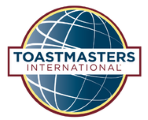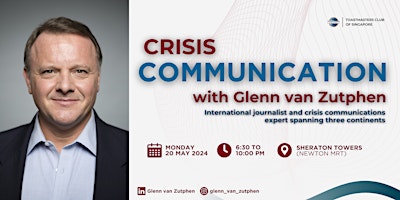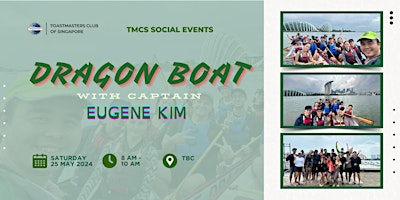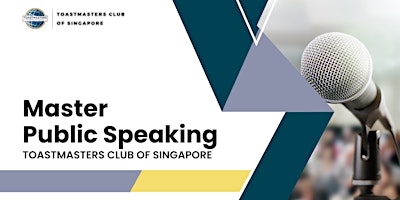“The new century brings new challenges, new people; complex problems, complex communication; this is the new era even the best professional managers are ineffective unless they know how to lead.”
~ John Kotter ~
Aesop tells the story of a dispute between two powerful forces, the sun and the wind. They argued endlessly about which was stronger. To put the matter to a test, the wind picked out a man who was wearing a heavy coat and taking a walk.
“To prove I’m stronger than you, I will get the man to remove his coat before you can,” boasted the wind. He blew with all his might at the man. But the harder the wind blew, the tighter the man clung to his coat. Exhausted, the wind offered the sun a try.
The sun cast a pleasant springtime warmth on the man. After a few moments, the man was happy to remove his coat.
In what specific ways do leaders exert their influence over followers and events? The point of Aesop’s story is that would be leaders, or powerful people in general, must have a variety of techniques and approaches in their repertoire of leadership skills.
The Roles of Leadership are classified into the following role:
- The Vision Role
- The Relationship Role
- The Control Role
- The Encouragement Role
- The information Role
The Vision Leadership Role
Leaders see beyond the events of the moment in the life of their organizations to glimpse what the organization and its membership can become. This vision is an inspiration for the leaders to work hard and realize their dreams. Thus the vision has become the final state of what the organization would be.
The vision role is played out through six distinct leadership activities:
Vision Statements
The leader puts his or her vision into written and oral form that can be grasped by all the organisation’s stakeholders.
Visionary Actions
The leader translates visionary words into actions that confirm and support the vision
Goal-Setting
The leader sets specific goals that contribute directly to the attainment of the vision.
Motivation
The leader encourages organization members to think and act in ways that make the vision an eventual reality
Conceptual Architecture
The leader makes sense out of the various aspects and aspirations of the organisation’s parts. The leader understands and communicates how the various parts of the organization interrelate.
Prophecy
Finally, the leader challenges the best talents of group members by making bold pronouncements about problems and opportunities in the organisation’s near-term or long-term future.
The Relationship Leadership Role
The leader practices and fosters relationships that help the organization achieves its mission. Especially as leaders mature, their value to organizations may lie primarily in the range and depth of their personal and professional associations.
The relationship role can be divided into four areas of leadership activity
Teamwork
The leader assembles and manages teams that make the most of the complementary talents of group members.
Personal Structures
The leader establishes the formal relationships among job categories and levels of responsibility within the organization.
Networks
The leader initiates or joins networks that prove valuable to the organization.
Representation
The leader represents the organization to external stakeholders
The Control Leadership Role
The leader, usually acting in consultation with others, exercise legitimate control over the organization and its members by defining which of the organisation’s possible goals will be pursued. In addition, the leader priorities the organisation’s problems and determines resources devoted to their solution.
The Control Role is enacted in five arenas of activity.
Problem definition/solution
The leader selects which of the organisation’s problems will be addressed. Although the leader does not usually solve these problems single-handedly, he or she does define what constitutes a solution to a given problem.
Decision-Making
The leader controls the nature and frequency of decision making in the organization. The leader also determines to what degree others will be involved in the decision-making process.
Delegation
The leader distributes tasks through delegation and maintains a reporting order among subordinates for the control of these delegated duties.
Work Description
The leader controls the activities of individual organization members by defining the responsibilities and limitations assigned to their positions.
Conflict Management
Through personal intervention and intermediaries, the leader manages and redirects interpersonal relations that appear to be out of control.
Being a highly renowned international trainer, speaker, entrepreneur and a community leader, Ernest Chen has coached, inspired and motivated thousands of people (and counting) in the area of public speaking in Singapore…
Not only is he a Distinguished Toastmaster, a title conferred to him in 1993, a certified trainer and speaker, Ernest is also a Certified Teacher of Entrepreneurship.
Helping out in the community is part of Ernest’s life. He has devoted almost thirty years to helping the needy and the underprivileged. Ernest is aware that he cannot do everything, but he can do something and he will certainly do all the things that he is able to do.
For more information about his Singapore’s public speaking training programs, you can visit his website atwww.EarnestlySpeaking.com








